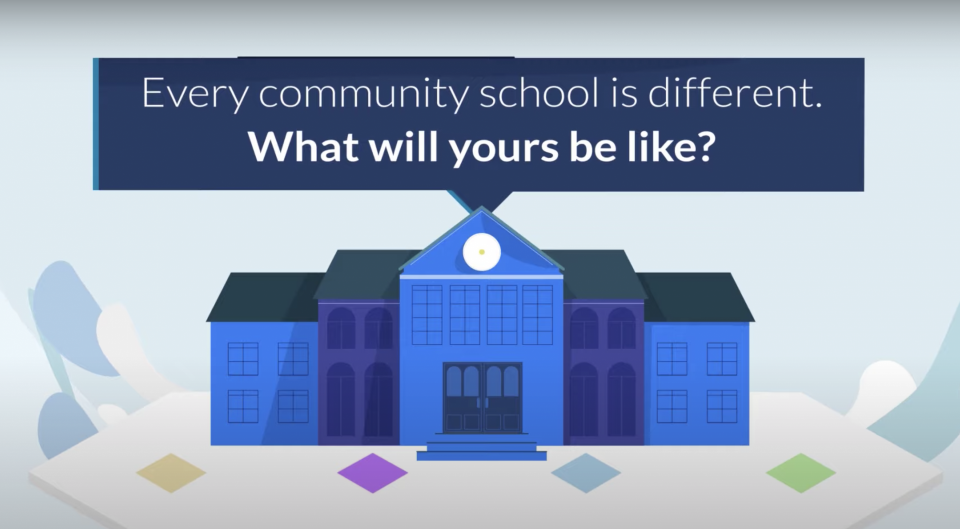The CFT has launched a training program following Governor Newsom’s extraordinary allocation of $2.8 billion to expand existing community schools and establish new ones.
According to CFT President Jeff Freitas, “This is a national effort, and California now has the largest amount of funding in the nation for community schools. These funds will assist nearly 1,000 community schools in our state.”
The governor expanded the Community Schools Partnership Program in the state budget for 2021-22 by using one-time Prop 98 monies. The funds can be used through 2028. The program is a grant-based and schools will have to apply for the funding. The CFT is working to secure broad stakeholder committees in the regulations now being developed, including professional input from educators, staff, and their unions.
“This is an opportunity for the CFT, for the unions to lead in education, to lead on racial justice and restorative justice,” Freitas said. “Community Schools are a priority for CFT and are part of our strategic plan. This is collective bargaining for the collective good.”
What are community schools?
Community schools aren’t just centers of education; they’re the new heart of the community itself that help create better conditions for both teaching and learning. They’re a place where teachers, families, community members and service providers can come together in coordinated, purposeful and results-focused partnerships.
Unions have been a key driver in establishing community schools and AFT educators and staff across the nation have been key players in helping plan and develop community schools. Every community school is different because every community is different.
- Watch AFT’s short video about community schools.
There are already many community schools in California, with 30 in the Los Angeles Unified School District and three in San Francisco Unified School District. Here’s how community schools are unique and what they have the power to do:
- Provide a framework for school improvement that taps into our value system and belief that every child deserves a high quality, equitable public education;
- Help overcome the barriers to learning created by poverty and a lack of opportunities by using and coordinating existing resources so that all children can become career, community, and college ready;
- Embody solution-driven unionism and have the potential to mobilize members and build ties to the community while fighting back against those who wish to defund, destabilize and privatize public education.
The community school framework employs these fundamental Four Pillars to ensure that they meet the unique needs of their community:
- Integrated student supports,
- Expanded learning time and opportunities,
- Active family and community engagement, and
- Collaborative leadership and practice.
About CFT’s Community Schools Training Program
If you are interested in your school becoming a community school, you can sign up to attend an introductory overview class from the CFT. (See our Training Calendar). After the California Department of Education issues regulations for the Community Schools Partnership Program, CFT classes will be offering an in-depth training series developed by AFT for schools and unions.
The decision to become a community school is made by the school itself, but the union can play a key role in advocating to become a community school. The school will be required to establish a team to complete the application process.
Please join CFT for this exciting opportunity to transform your school into a community school and to help our educational communities thrive and succeed. For more information please contact Christopher Arellano, CFT Training Director.
Additional Resources
The AFT has a mountain of resources about community schools including case studies and profiles of award-winning community schools representing the best of what community schools have to offer. There are also AFT brochures and articles from American Educator.
Community Schools Playbook, A Practical Guide to Advancing Community Schools Strategies
Community schools provide each and every student with the resources, opportunities, and support that make academic success possible and that create strong ties among families, students, schools, and community. This guide provides tools for advancing community schools as a strategy to improve schools, provide more equitable opportunities, and prepare students for success in life and as citizens.

